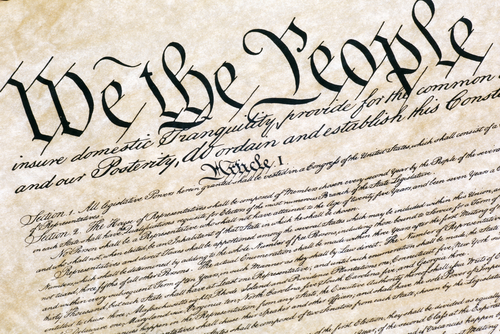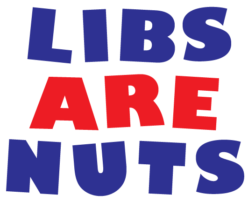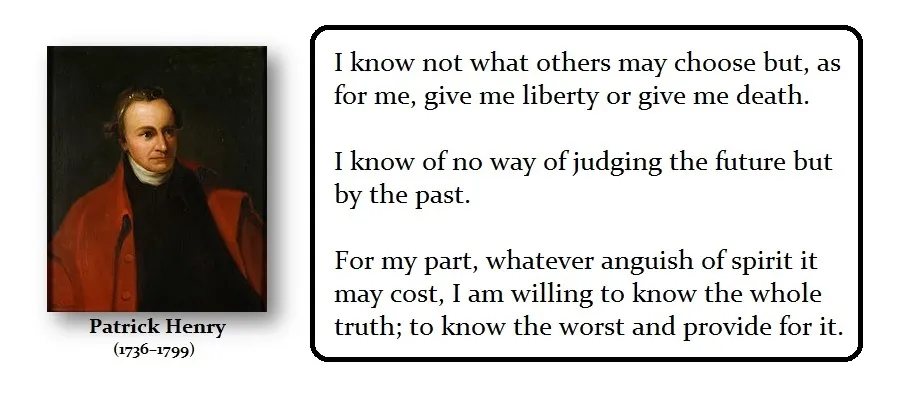
Armstrong Economics
Hi Marty,
Is it still possible for the People to save the USA and revert it back to its original form, as was indented in the Constitution – rights not enumerated to the Government, belong to the State or to the People?
I spend some time in the USA and in public high school. At no point, we were taught the Constitution and what it entails. That was in north Texas – open gun carry and very in favor of the constitution rights.
Texas high schools did not teach the Constitution nor the 2nd Amendment – that its purpose is not to give the right to bear arms but to DENY the Government the authority to infringe on People’s right to bear arms (the divine right).
The People no longer remember that the Founding Fathers saw the People as Sovereign with the Divine Right.
Can you opine on this, with the emphasis on the Divine Rights (inalienable rights) that were previously reserved only for the Kings and bestowed by the Church.
Cheers from Canada,
Lucas
ANSWER: The TRUE answer is we have NO RIGHTS whatsoever. The courts have turned everything on its head. The Constitution is NEGATIVE – not positive. You have to look at the language very carefully. Here is the First Amendment. It stated “Congress shall make no law…” and that is a NEGATIVE restraint upon government It does not endow you with the “right” to freedom of religion of speech. This is how they are getting away with the whole cancel culture. The “negative” restraint is ONLY upon the government. You actually have no right to freedom of speech. The 2nd Amendment was to create a militia army, not a standing army. That was the advice of the Prince of Savoy.
In 1787, Patrick Henry was invited to participate in what became the Constitutional Convention. He feared that the meeting was really a sinister plot by the powerful to construct a strong central government that would become not much different from what they revolted against. When the new Constitution was sent to Virginia for ratification in 1788, Patrick Henry stood up and objected. Henry argued that it was a trap and that the Constitution did not include a bill of rights and that would lead to tyranny.
Patrick Henry argued that the clear absence of a bill of rights was confirmation that this was really an attempt by the few to become powerful and dictate to everyone beneath them once again. Henry argued eloquently and other Anti-Federalists saw his point and compelled James Madison, the leader of the Virginia Federalists, to promise the addition of a bill of rights to the Constitution. On September 25, Congress agreed upon the 12 amendments, and they were sent to the states for approval. Articles three through twelve were ratified and became the Bill of Rights on December 15, 1791. It was not until after 25 days of heated debate, on June 26, 1788, Virginia became the 10th state to ratify the Constitution on that condition.
If it were not for Patrick Henry, we would have lived in utter tyranny all this time. Little by little, the court has very subtly inverted the Bill of Rights and most people have actually just looked at that title “Bill of Rights” and assumed that are positive rights that we have. However, look closer and you will see that this is a negative restraint. If you want to sue someone for violating your constitutional rights, they MUST be acting under “Color of Law” meaning it is really at the government’s direction.
See: Harris v. McRae, 448 U.S. 297 (1980) – (Constitution is Negative Restraint)
There has ALWAYS been a cultural divide between the people and the so-called elites (those in power), and they are reluctant to relinquish that power. The slender thread of freedom has always been the strength of conviction of a single man or small group of men committed to the task of challenging the power structure. It is no different today than at the founding of our republic. The short answer is that we only have the rights we are willing to fight with all our might and conviction to retain. Such is the nature of Man. – The Liberator



The Federalist Papers:
John Jay Jay became ill after contributing four essays, and he was only able to write one more before the end of the project, which explains the large gap between essays 5 and 64.&
Authored Federalist essays: nos. 2-5, 64
James Madison. He was Hamilton’s main collaborator on The Federalist essays, having written twenty-nine of the essays, although Madison and others since have claimed that he wrote more. Hamilton’s list incorrectly ascribed No. 54 to John Jay, when in fact Jay wrote No. 64, which has provided some evidence for Madison’s suggestion.
Statistical analyses indicate that ten of the twelve disputed papers were likely written by Madison, but as the writers themselves never released a complete list, no one will ever know for sure.
Authored Federalist essays: nos. 10, 14, 18-20 (assisted by Hamilton), 37-49, 50-52 (with Hamilton), 53, 54-58 (with Hamilton), 62-63 (with Hamilton)
Alexander Hamilton
At the time of publication, the authorship of the articles was a closely guarded secret, which was kept up until Hamilton’s death in 1804, when a list crediting him as one of the authors became public. It claimed the majority of the essays were written by Hamilton. Some of these would later be disputed by Madison, who claimed to have written several of the articles credited to Hamilton.
Authored Federalist essays: nos. 1, 6-9, 11-13, 15-17, 18-20 (assisted Madison), 21-32, 34-36, 50-52 (with Madison), 54-58 (with Madison), 59-61, 62-63 (with Madison), 65-85
https://guides.loc.gov/federalist-essays-in-historic-newspapers/authors